Order Beetle Higher classification Scarabaeoidea | Scientific name Scarabaeidae Length Dynastes tityus: 4 – 6 cm Rank Family | |
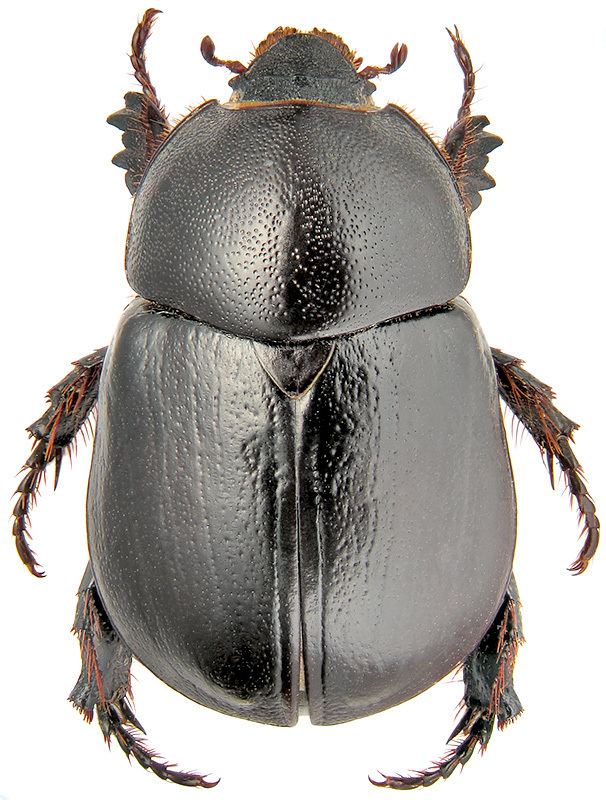 | ||
Lifespan Dynastes tityus: 3 – 6 months Lower classifications | ||
Scarab beetles scarabaeidae besouro verde e amarelo beetle green yellow
The family Scarabaeidae as currently defined consists of over 30,000 species of beetles worldwide, often called scarabs or scarab beetles. The classification of this family is fairly unstable, with numerous competing theories, and new proposals appearing quite often. Many of the subfamilies listed here probably will not be recognized very much longer, as they will likely be reduced in status below subfamily rank, or elevated to family status (the latter is most likely, e.g., with the family "Melolonthidae" already appearing in some recent classifications). Other families have been removed recently, and are nearly universally accepted (e.g., Pleocomidae, Glaresidae, Glaphyridae, Ochodaeidae, Geotrupidae, and Bolboceratidae).
Contents
- Scarab beetles scarabaeidae besouro verde e amarelo beetle green yellow
- May beetle scarabaeidae phyllophaga locomotion
- Scarabs
- Ancient Egypt
- References
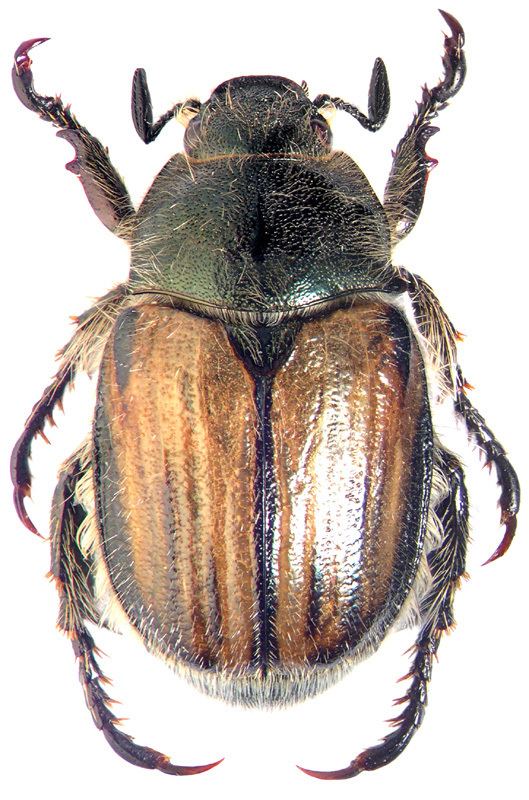
May beetle scarabaeidae phyllophaga locomotion
Scarabs
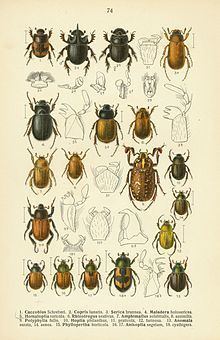
Scarabs are stout-bodied beetles, many with bright metallic colours, measuring between 1.5 and 160 mm. They have distinctive, clubbed antennae composed of plates called lamellae that can be compressed into a ball or fanned out like leaves to sense odours. The front legs of many species are broad and adapted for digging.
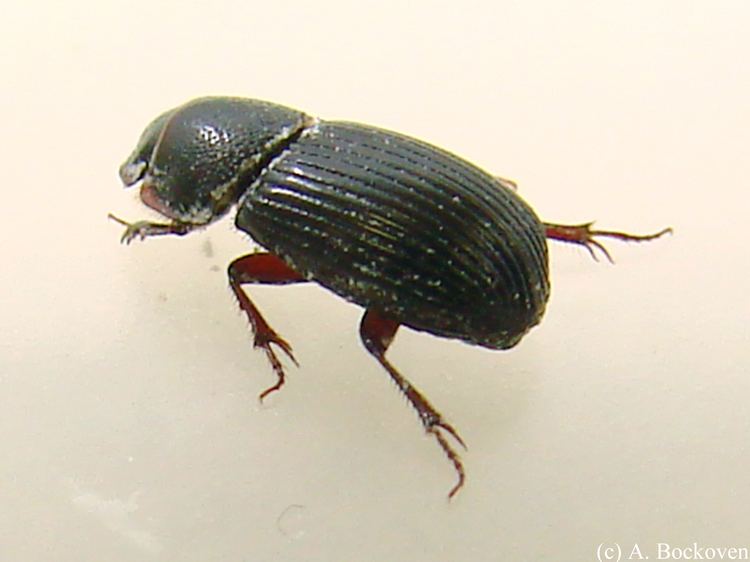
The C-shaped larvae, called grubs, are pale yellow or white. Most adult beetles are nocturnal, although the flower chafers (Cetoniinae) and many leaf chafers (Rutelinae) are active during the day. The grubs mostly live underground or under debris, so are not exposed to sunlight. Many scarabs are scavengers that recycle dung, carrion, or decaying plant material. Others, such as the Japanese beetle, are devastating agricultural pests.
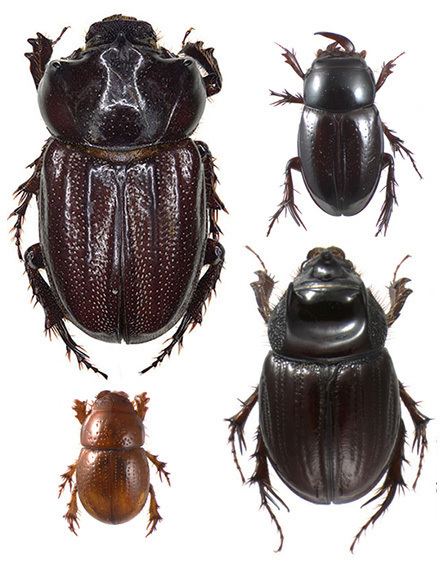
Some of the well-known beetles from the Scarabaeidae are Japanese beetles, dung beetles, June beetles, rose chafers (Australian, European, and North American), rhinoceros beetles, Hercules beetles and Goliath beetles.

Several members of this family have structurally coloured shells which act as left-handed circular polarisers; this was the first-discovered example of circular polarization in nature.
Ancient Egypt
In Ancient Egypt, the dung beetle now known as Scarabaeus sacer (formerly Ateuchus sacer) was revered as sacred.
In his 1859 book On the Origin of Species, Charles Darwin described the genus Ateuchus as the "sacred beetle of the Egyptians."
